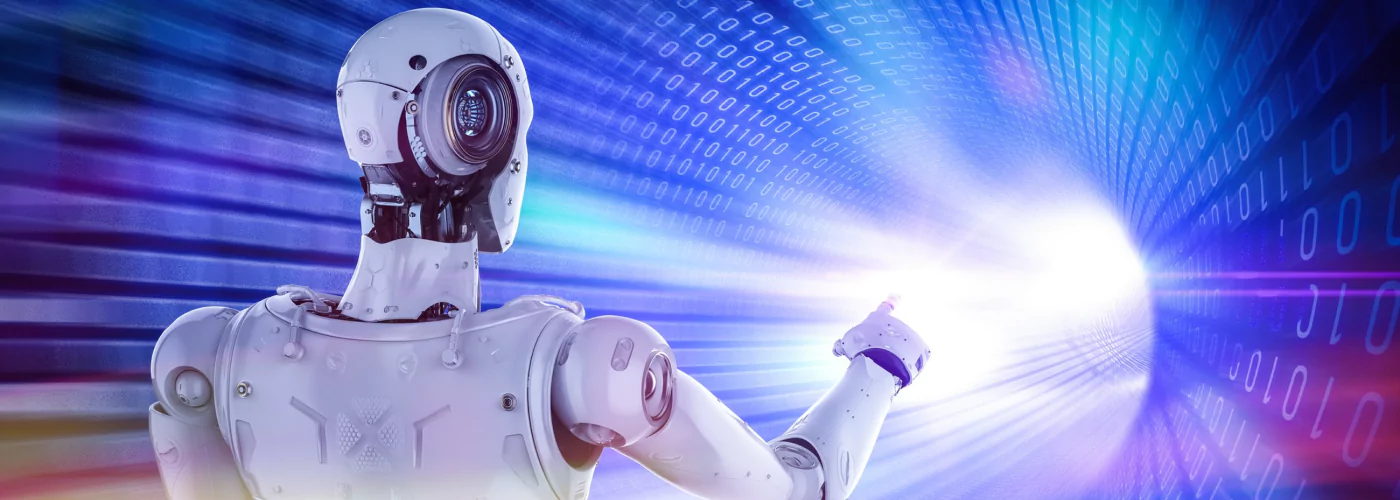In the rapidly evolving landscape of technology, robotics stands at the forefront of innovation. These mechanical marvels are revolutionizing industries, enhancing human capabilities, and reshaping our world in unprecedented ways. From manufacturing to healthcare, robotics improvements are driving progress and efficiency across various sectors.

Advancements in Artificial Intelligence and Machine Learning
Neural Networks and Deep Learning
The integration of advanced artificial intelligence (AI) and machine learning (ML) algorithms has propelled robotics to new heights. Neural networks, inspired by the human brain, enable robots to process complex information and make decisions with remarkable accuracy. Deep learning techniques allow these machines to continuously improve their performance through experience, much like humans do.
Natural Language Processing
Robots are becoming increasingly adept at understanding and responding to human speech. Natural Language Processing (NLP) algorithms have made significant strides, allowing for more natural and intuitive human-robot interactions. This breakthrough has paved the way for robots to serve as personal assistants, customer service representatives, and even companions for the elderly.
Enhancements in Sensory Perception
Computer Vision
The field of computer vision has undergone a quantum leap in recent years. Robots equipped with advanced visual sensors can now perceive their environment with unprecedented accuracy. This capability is crucial for tasks ranging from quality control in manufacturing to navigation in autonomous vehicles.
Tactile Sensing
Improvements in tactile sensing technology have endowed robots with a sense of touch rivaling that of humans. Robots can now manipulate delicate objects with finesse, opening up new possibilities in fields such as surgery and precision manufacturing. The development of electronic skin (e-skin) promises to further enhance this capability, allowing robots to sense temperature, pressure, and even texture.
Breakthroughs in Mobility and Dexterity
Bipedal Locomotion
The quest for humanoid robots capable of navigating human environments has led to significant advancements in bipedal locomotion. Robots can now walk, run, and even perform acrobatic maneuvers with grace and stability. This progress is particularly relevant for search and rescue operations in disaster-stricken areas.
Soft Robotics
The emergence of soft robotics represents a paradigm shift in the field. These pliable machines, often inspired by biological organisms, can adapt to their environment and interact safely with humans. From octopus-inspired manipulators to shape-shifting robots, soft robotics is pushing the boundaries of what’s possible in robot design.
Ethical and Societal Implications
Robot Rights and Responsibilities
As robots become more sophisticated and autonomous, questions of ethics and legal status are coming to the fore. The concept of “robot rights” is being debated in academic and legal circles, raising complex philosophical questions about consciousness and personhood.
Impact on the Workforce
The increasing capabilities of robots are reshaping the job market. While automation may displace certain roles, it also creates new opportunities in robot design, maintenance, and human-robot collaboration. The concept of “cobots” (collaborative robots) is gaining traction, emphasizing the symbiotic relationship between humans and machines in the workplace.
In conclusion, the field of robotics is undergoing a renaissance, driven by breakthroughs in AI, sensory technology, and materials science. These advancements are not only enhancing the capabilities of robots but also redefining their role in society. As we stand on the cusp of a new era, it’s clear that robotics improvements will continue to shape our future in profound and exciting ways. The synergy between human ingenuity and robotic precision promises to unlock new frontiers of innovation and productivity, heralding a future where the line between the organic and the mechanical becomes increasingly blurred.